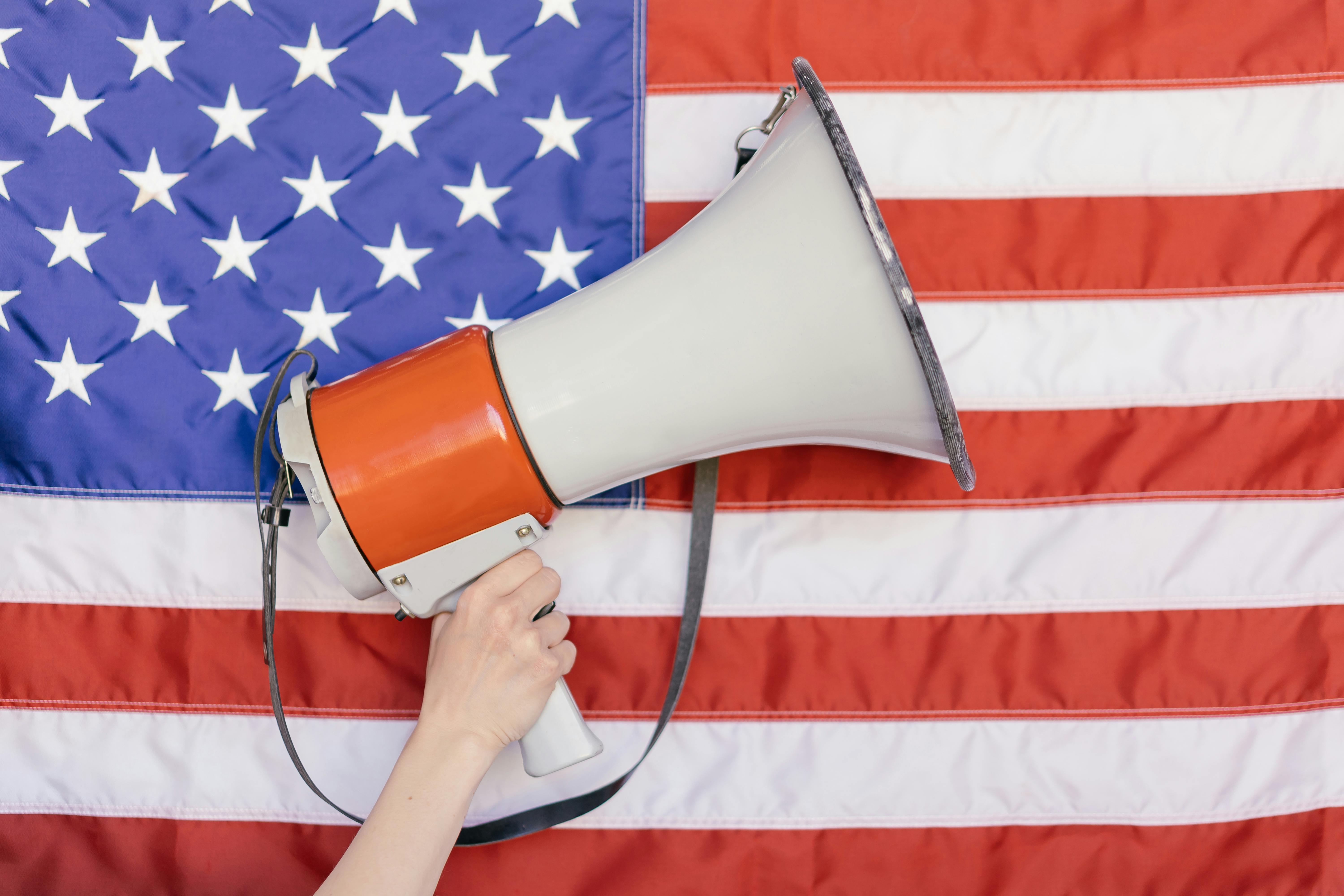Federal Reserve Shows Division on Interest Rates, What It Means for SBA Borrowers
- Fed shows division on rates: Two governors voted to cut interest rates, signaling internal disagreement for the first time in over a year.
- Trump adds pressure: Former President Trump is publicly pushing the Fed to lower rates ahead of the election.
- SBA borrowers could benefit: Potential rate cuts may reduce SBA loan costs—FastWay SBA recommends prequalifying now to stay ahead.
The Federal Reserve's steady hand on interest rates may be slipping, as internal consensus shows its first real crack in over a year. On Wednesday, two members of the Fed’s Board of Governors broke ranks by voting against keeping rates unchanged, signaling rising tensions over the direction of the U.S. economy, and sparking questions about how small businesses should respond.
What Happened?
The Fed voted to keep its key interest rate in the 5.25%–5.50% range, a level it’s held since July 2023. But for the first time since early last year, two governors: Adriana Kugler and Lisa Cook, voted in dissent. They pushed for a rate cut of 0.25%, pointing to signs that inflation is cooling and economic growth is stabilizing.
Adding to the pressure, President Donald Trump has been openly calling for rate cuts, arguing that current rates are holding back economic growth. This internal split highlights growing disagreement within the Fed: Should it prioritize taming inflation or start creating a more borrower-friendly environment to keep the economy moving?
Why It Matters to Small Business Owners
SBA loan rates are tied to the Fed’s benchmark interest rate, so any future cuts could bring real savings for small business borrowers. Here's what to watch:
- If the Fed cuts rates later this year, SBA 7(a) and SBA Express loan rates could drop, improving monthly affordability for borrowers.
- For those considering applying, locking in funding before a rate shift could give you more certainty amid volatility.
- The Fed’s next move will likely depend on economic data over the next 60–90 days—so timing matters.
What FastWay SBA Recommends
Our advisors are already helping clients model scenarios based on possible Fed decisions this fall. Whether you’re refinancing existing debt or looking for growth capital, it’s essential to:
- Prequalify early with our SBA Likelihood Score to see where you stand.
- Structure flexible financing that can adapt to potential rate cuts or extended high-rate environments.
- Stay proactive: Don’t wait for the Fed to act before exploring options. Lenders are already adjusting terms in anticipation.
The Fed’s divided vote is a signal that the tide may be turning. If you’re a small business owner wondering how this affects your financing, now’s the time to act strategically. At FastWay SBA, we simplify the process and help you take advantage of any window of opportunity—rate shift or not.
Not sure if you qualify for SBA funding?





.png)






